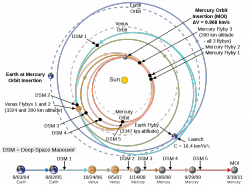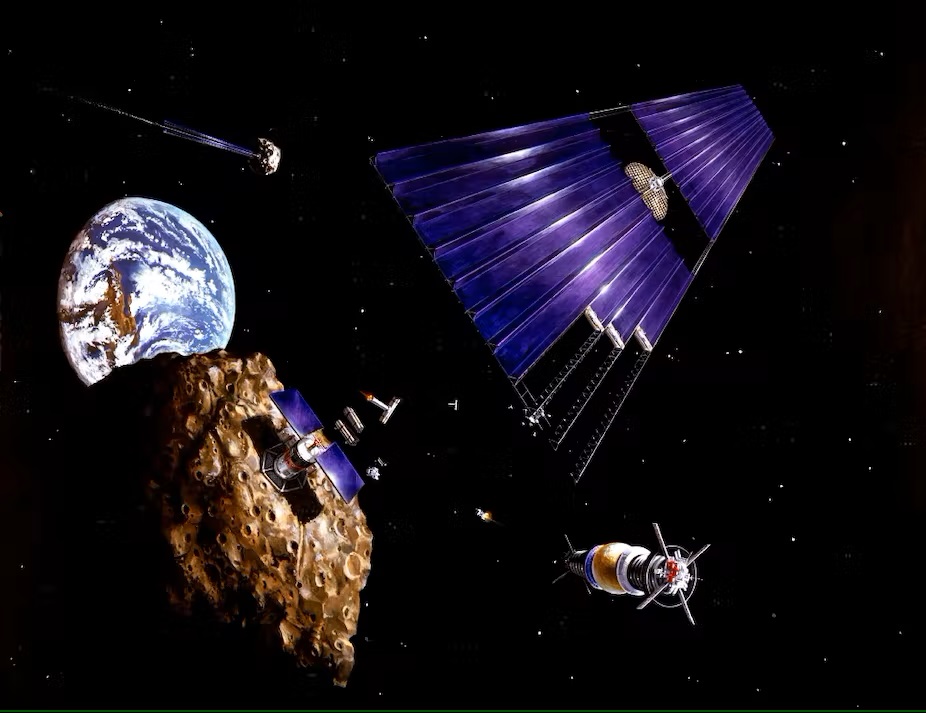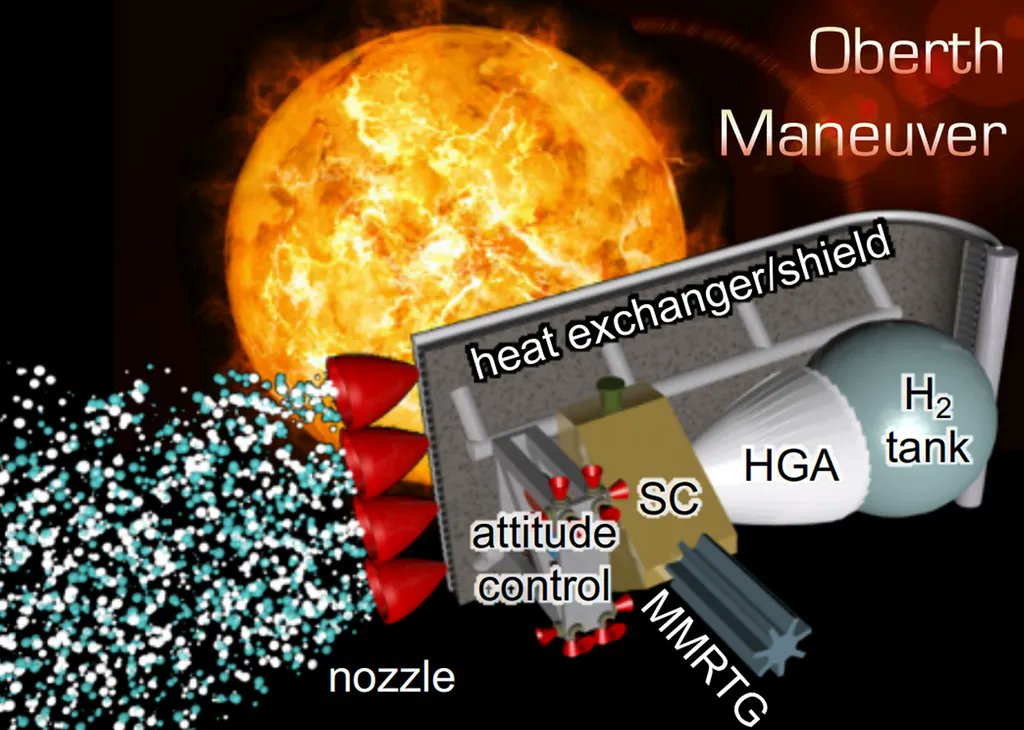Asteroid mining is slowly but surely coming closer to reality. Many start-ups and governmental agencies alike are getting in on the action. But plenty of tools that would help get this burgeoning industry off the ground are still unavailable. One that would be particularly useful is a list of potential candidate asteroids to visit. While the information has been available in various places, no one has yet combined it into a single, searchable database until now.
Continue reading “Want to be an asteroid miner? There’s a database for that.”Watch What Happens to Astronauts When the International Space Station Gets an Orbital Reboost
This is reminiscent of going down slide on the playground – and then immediately getting back in line to go down again. Except in space.
Here’s what it looks like on board the International Space Station when thrusters fire for an orbital reboost. While it seems like the astronauts are moving inside the station, in in reality it is the Space Station that is moving around them. And in actuality, the acceleration doesn’t happen this fast – the video is sped up eight times. But it still looks like fun!
Continue reading “Watch What Happens to Astronauts When the International Space Station Gets an Orbital Reboost”The Best way to Leave the Solar System Might be to fly Uncomfortably Close to the Sun
We’ve reported before on the conceptual mission known as the Interstellar Probe. This ambitious mission would visit the interstellar medium about 1,000 AU away from the Sun. But how exactly would the probe get there in a reasonable time frame? It has taken Voyager 35 years to travel less than 10% of that distance. The answer might lie in an old technology that has been given new life by advances in material science – the solar thermal propulsion system.
Continue reading “The Best way to Leave the Solar System Might be to fly Uncomfortably Close to the Sun”How Do Gravitational Slingshots Work?
Have you ever heard that spacecraft can speed themselves up by performing gravitational slingshot maneuvers? What’s involved to get yourself going faster across the Solar System.
Let’s say you want to go back in time and prevent Kirk from dying on the Enterprise B.
You could use a slingshot maneuver. You’d want to be careful that you don’t accidentally create an alternate reality future where the Earth has been assimilated by the Borg, because Kirk wasn’t in the Nexus to meet up with Professor Picard and Sir Iandalf Magnetopants, while they having the best time ever gallivanting around New York City.
*sigh* Ah, man. I really love those guys. What was I saying? Oh right. One of the best ways to increase the speed of a spacecraft is with a gravitational slingshot, also known as a gravity assist.
There are times that fantasy has bled out too far into the hive mind, and people confuse a made up thing with an actual thing because of quirky similarities, nomenclature and possibly just a lack of understanding.
So, before we go any further a “gravitational slingshot” is a gravity assist that will speed up an actual spacecraft, “slingshot maneuver” is made up bananas nonsense. For example, when Voyager was sent out into the Solar System, it used gravitational slingshots past Jupiter and Saturn to increase its velocity enough to escape the Sun’s gravity.
So how do gravitational assists work? You probably know this involves flying your spacecraft dangerously close to a massive planet. But how does this help speed you up? Sure, as the spacecraft flies towards the planet, it speeds up. But then, as it flies away, it slows down again. Sort of like a skateboarder in a half pipe.
This process nets out to zero, with no overall increase in velocity as your spacecraft falls into and out of the gravity well. So how do they do it? Here’s the trick. Each planet has an orbital speed travelling around the Sun.
As the spacecraft approaches the planet, its gravity pulls the much lighter spacecraft so that it catches up with the planet in orbit. It’s the orbital momentum from the planet which gives the spacecraft a tremendous speed boost. The closer it can fly, the more momentum it receives, and the faster it flies away from the encounter.
To kick the velocity even higher, the spacecraft can fire its rockets during the closest approach, and the high speed encounter will multiply the effect of the rockets. This speed boost comes with a cost. It’s still a transfer of momentum. The planet loses a tiny bit of orbital velocity.
If you did enough gravitational slingshots, such as several zillion zillion slingshots, you’d eventually cause the planet to crash into the Sun. You can use gravitational slingshots to decelerate by doing the whole thing backwards. You approach the planet in the opposite direction that it’s orbiting the Sun. The transfer of momentum will slow down the spacecraft a significant amount, and speed up the planet an infinitesimal amount.

NASA’s MESSENGER spacecraft made 2 Earth flybys, 2 Venus flybys and 3 Mercury flybys before it was going slowly enough to make an orbital insertion around Mercury. Ulysses, the solar probe launched in 1990, used gravity assists to totally change its trajectory into a polar orbit above and below the Sun. And Cassini used flybys of Venus, Earth and Jupiter to reach Saturn with an efficient flight path.
Nature sure is trying to make it easy for us. Gravitational slingshots are an elegant way to slow down spacecraft, tweak their orbits into directions you could never reach any other way, or accelerate to incredible speeds.
It’s a brilliant dance using orbital mechanics to aid in our exploration of the cosmos. It’s a shining example of the genius and the ingenuity of the minds who are helping to push humanity further out into the stars.
What do you think? What other places is the general comprehension between actual facts and fictional knowledge blurring, just like the “slingshot maneuver” and “gravitational slingshot”?
And if you like what you see, come check out our Patreon page and find out how you can get these videos early while helping us bring you more great content!




